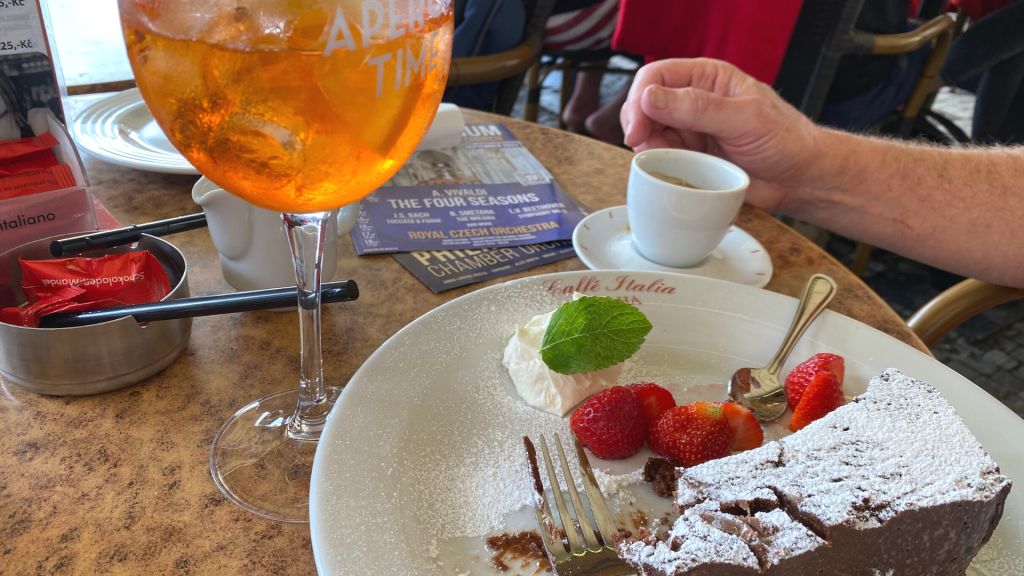The ‘About Us’ and the ‘Contact Us’ pages on your website can be a great way to build interest and sales, but they need to be designed with care, imagination and plenty of information.
These two pages are the doorways for curious people who want to find out more about your food, atmosphere and service. Or they want to reach you with an email, phone call or social media – sometimes immediately, or by following you on social channels in a way that may lead to sales in the future. The other essential is your Employment Page, always recruiting.
Rev up the ‘About Us’ Page
People are curious about restaurants and cafes, and it’s way beyond the level of interest in other shops and local business – do they care that much about the newsagent or dentist? Here’s your chance to receive lots of attention, so feed the hunger!
Put a human face to your business – make sure there’s information about real people, the owners, partners, head chef and any family who help to run it. Tell us about the company values, when the business started, and what motivated the founders – even if that was just last year!
Tell the business story. Talk about changes that have happened in the last few years and plans for the future. Add some information about the local area. A timeline is an interesting way to show the story, and photos of old menus – when Pizza was $4 or prawn cocktails were popular. Make it light and friendly.
Choose the right photos – if you’re promoting fun and friendliness, or formality and fine cuisine, make sure that shows in the photos. Include photos of the owners or senior management, preferably taken ‘on the job’ or in the context of the business. A group shot of staff is a nice touch, even if some have left. Make sure everyone has signed a Media Release Form that allows your continued use of their image. Here’s a Photo Shot List for your planning.
Warning: many restaurant websites feature only the head chef, and only the head chef. Make sure you aren’t over-relying on one person and undervaluing the contribution of the whole team.
Optimise the page for Search Engines (SEO). SEO is not complicated – it’s about including the words and terms that people commonly use when searching online. Plus maximising free listings and social media profiles. If you sell pizza, you want to use ‘pizza’ and ‘pizzeria’ and ‘pizza shop’, and mention your address and surrounding suburbs – ‘popular with people in Glebe, Newtown, Camperdown and Annandale’ (to use a Sydney example). Here’s a guide in more depth. Listing on local review sites is also important (like your Google Business Profile) and having everything mobile-friendly.
Embed your Instagram account on the Page – this is the photo album for many businesses, and you can embed the latest photos in a panel at the bottom of the page, updating automatically as you add new ones.
Add Frequently Asked Questions – you’ve heard them hundreds of times eg when does the kitchen close, what do you have for vegans, is BYO wine OK, do you have a children’s menu… and many more. List 8-10 questions with a clear and friendly answer – they also add SEO juice when Google is scanning your page for relevance.
Link to the Employment and Contact Us pages – two highly important references, that will have steady traffic.
Power up the ‘Contact Us’ Page
It’s more than just a list of phone numbers and the address, this page can drive frictionless, speedy communication with keen and curious customers… or be a source of frustration.
Start by repeating a couple of sentences about what you do, to make the page friendly.
Phone Number at the top of the page – no exceptions. Many people use Google instead of the phone book, so don’t give them a hard time finding it. Don’t want to answer the phone? Use an answering service to personalise the experience – many people find this ‘no phone’ policy very annoying. I get why you do it, but please find a better way.
Opening Hours and How to Book. Hopefully your phone is answered 24 hours (by staff or a service), or has a quality voicemail system. If you use a booking service, include the link and they will handle the whole process 24/7.
Explain who to contact. If there are separate numbers or email addresses for functions or accounts, list them separately. Give guidance on which contact option is the best choice eg ‘Contact Functions if you wish to inquire about group bookings, availability of dates, function menus or to confirm your reservation’.
Include an Email Contact Form. If you make it a separate form, your actual email address is not displayed, reducing spam. Include an auto-responder on your contact email: an automatic response that bounces back saying ‘thank you for your inquiry, we will be in contact with you shortly’, plus some FAQ’s….
Include a Map, preferably embedded from Google. Include a clickable link and have it interactive so directions can be printed. Some venues also offer a downloadable PDF version of the map, which is useful if you want to send directions to a group.
Parking and Transport Information – how to reach you by taxi, train or bus. Express it in positive language eg ‘Plenty of parking close by at Plaza Parking’ or ‘430 & 433 buses come along our street day and night’.
Have a consistent format for Name, Address & Phone Number (NAP) – the consistency of these is highly regarded by Google as they measure the trustworthiness of your site. It’s worth understanding and getting this right, across your website and all your social media accounts.
🤚 Check the weekly discoveries on Hospo Reset – information & inspiration for restaurant, cafe & foodservice operators.

